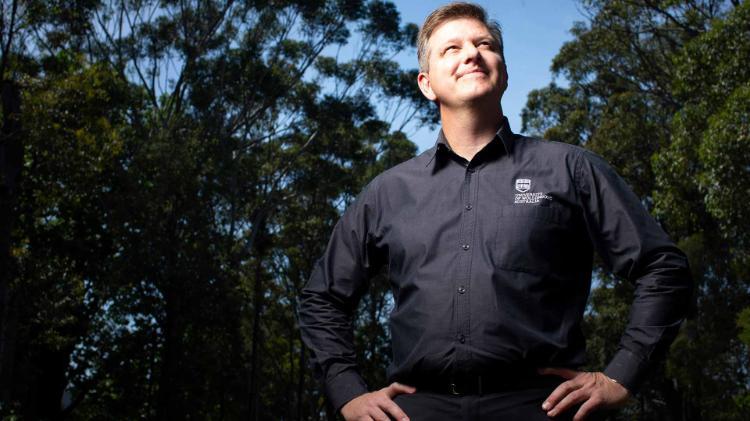January 23, 2023
APQRC leads ARENA-funded project to develop new compliance assessment methods for renewable energy
The (APQRC) at the University of Wollongong is leading a $2.28 million project to develop a standardised, technically robust and prescriptive methodology for assessing harmonic emissions associated with renewable energy generators. The project, which is supported by the Australian Renewable Energy Agency (ARENA), aims to reduce costs for renewable electricity and help energy grids accommodate variable energy outputs such as wind and solar generation. The project will work with 12 energy sector partners including transmission and distribution network service providers, renewable energy developers and renewable energy equipment suppliers, to develop an industry ready, adoptable solution.
Recently, ARENA announced that they are awarding $1.04 million in funding towards the project, to create a new method of compliance assessment that is simpler, cheaper and more consistent access to the national grid. This new harmonic compliance assessment methodology will be used as an interim best-practice guideline for voluntary use by participating industry stakeholders and form the basis to amend the Australian Standards.
Harmonic distortion occurs when the typical waveform of the electricity supply changes shape, which can be caused by the inverters used to interface solar and wind farms with the broader electricity supply network. If this distortion is severe, it can cause problems for electrical equipment. So, electricity network operators are required to limit harmonic distortion in electricity supply networks.
The current regulatory guidelines do not account for the complexities of the energy system caused by variable renewable generation like solar and wind. The team at APQRC, led by Associate Professor Duane Robinson, will create a new method of compliance assessment that allows renewable energy suppliers easier, cheaper and more consistent access to supply to the national grid.
Reflecting on the research grant, Associate Professor Robinson said: “We are extremely excited to be undertaking this project with the support of ARENA and our industry partners. As an industry facing research centre, we expect the outcomes of this very practical work to provide clarity with respect to the methodologies for compliance assessment for harmonic distortion leading to less complex connection processes and even more renewable energy in our power system.”
The project is significant in helping Australia reach its goal of 82% of its electricity from renewables by 2030 by addressing key technical and regulatory challenges to usher in the new era. The project will take place over 29 months, with the last 5 months dedicated to developing all relevant documentation to be used in the submission process to amend the Australian Standards and the National Electricity Rules.
